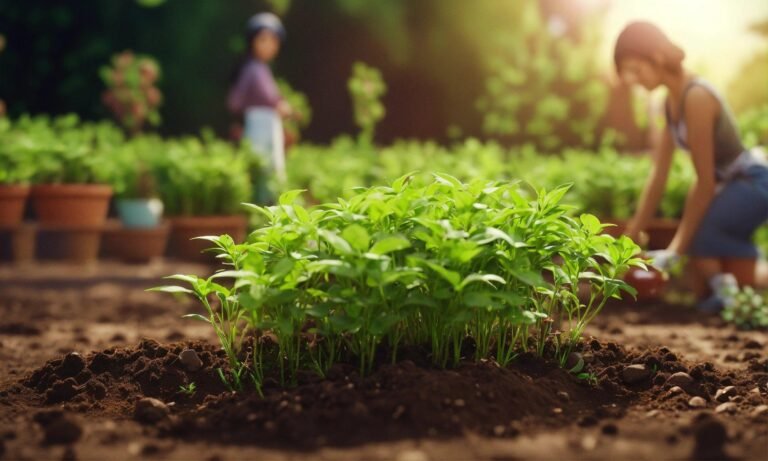Creating a lush oasis in your backyard is not only a beautiful addition to your home, but it is also a way to connect with nature and promote sustainability. Planning a sustainable garden can help reduce your environmental impact, conserve resources, and create a healthy ecosystem for plants and wildlife. Here’s a guide to planning a sustainable garden that will provide you with a beautiful and eco-friendly oasis.
1. Choose the Right Plants: When planning your sustainable garden, it is important to choose plants that are well-suited to your climate and soil conditions. Native plants are a great choice as they are adapted to your local environment and require less water and maintenance. Additionally, they provide food and habitat for local wildlife. Consider planting a variety of flowers, shrubs, and trees to create a diverse and balanced ecosystem.
2. Use Water Wisely: Water conservation is key to creating a sustainable garden. Consider installing a rain barrel to collect rainwater for watering your plants. Mulching your garden beds can help retain moisture in the soil and reduce the need for watering. Opt for drought-tolerant plants that require less water and invest in a drip irrigation system to deliver water directly to the roots of your plants.
3. Incorporate Composting: Composting is a great way to reduce waste and improve soil health in your garden. Start a compost pile with kitchen scraps, yard waste, and other organic materials. The compost can be used as a natural fertilizer to enrich the soil and help your plants grow strong and healthy. Additionally, composting helps reduce the need for chemical fertilizers, which can be harmful to the environment.
4. Practice Integrated Pest Management: Instead of relying on harmful chemical pesticides, consider practicing integrated pest management (IPM) in your garden. This approach involves using a combination of biological, cultural, and mechanical techniques to control pests and diseases. Encourage natural predators like ladybugs and lacewings to help keep pest populations in check. Planting companion plants and rotating crops can also help prevent infestations.
5. Create Habitat for Wildlife: A sustainable garden is not just about plants – it is also about creating a habitat for wildlife. Provide food, water, and shelter for birds, butterflies, bees, and other beneficial insects. Plant native flowers that attract pollinators and provide nesting sites for birds. Add a bird feeder, a birdbath, or a butterfly house to encourage wildlife to visit your garden.
By following these tips and incorporating sustainable practices into your garden planning, you can create a lush oasis that is not only beautiful but also environmentally friendly. Whether you have a small backyard or a large plot of land, there are many ways to create a sustainable garden that promotes biodiversity, conserves resources, and supports a healthy ecosystem. Start planning your sustainable garden today and enjoy the beauty of nature right in your own backyard.
#Creating #Lush #Oasis #Guide #Planning #Sustainable #Garden
How to plan a sustainable garden?
Discover more from Organic Gardening
Subscribe to get the latest posts to your email.







